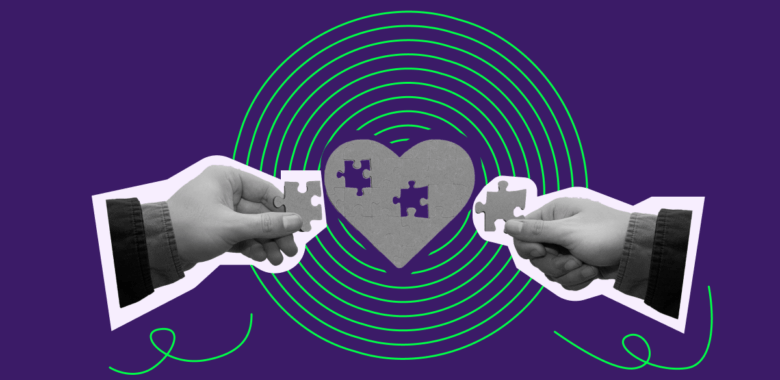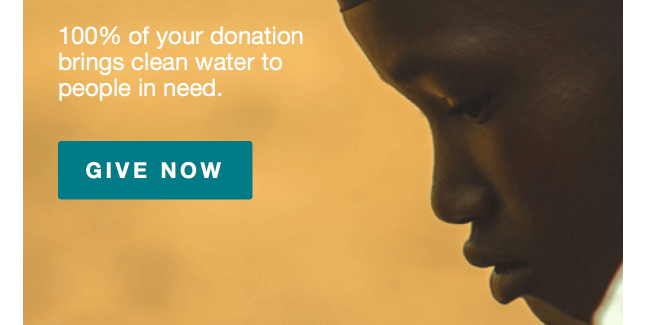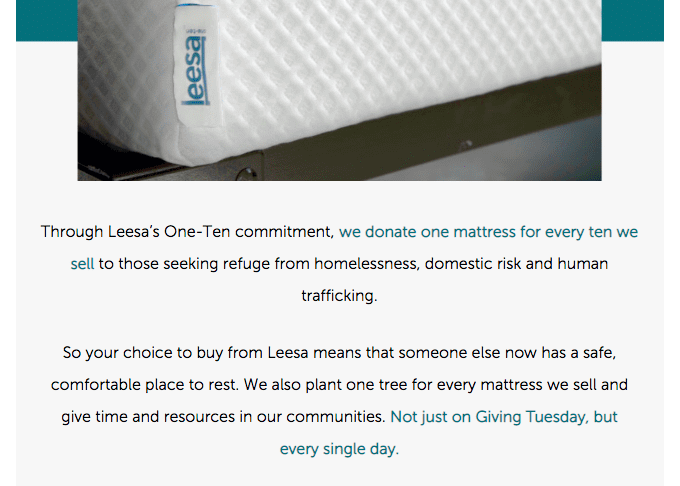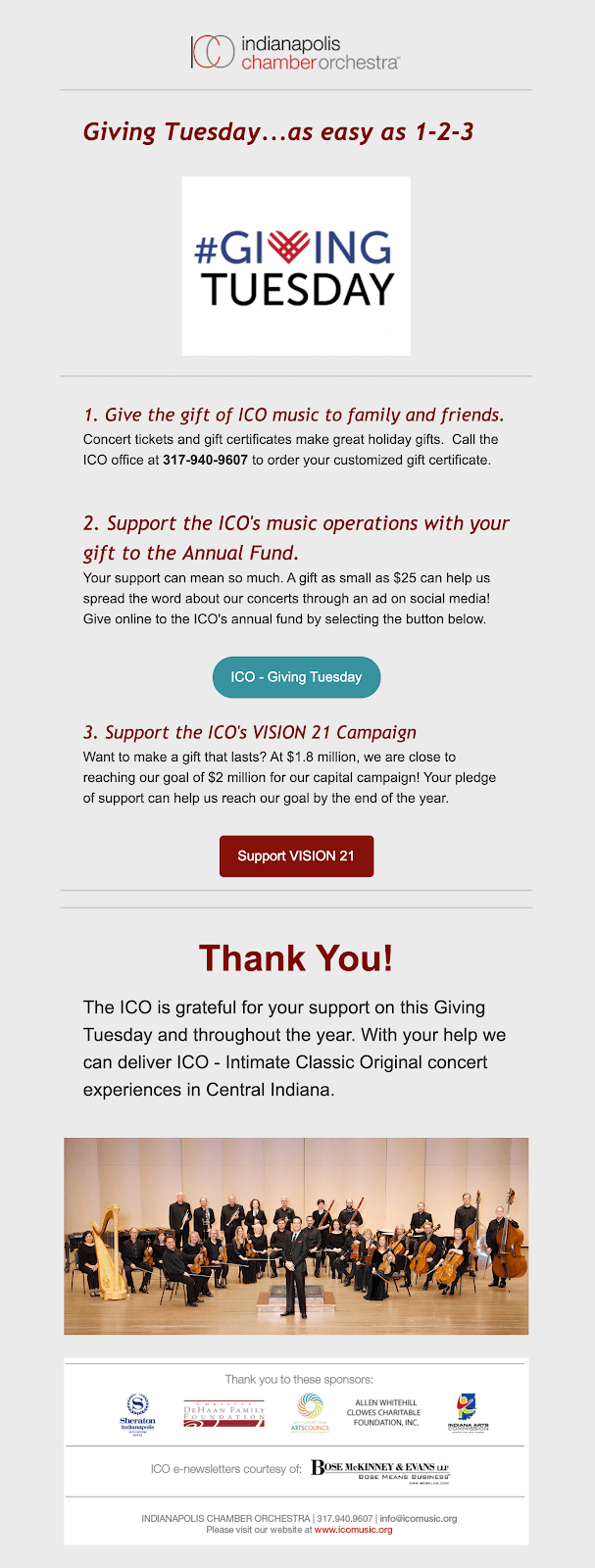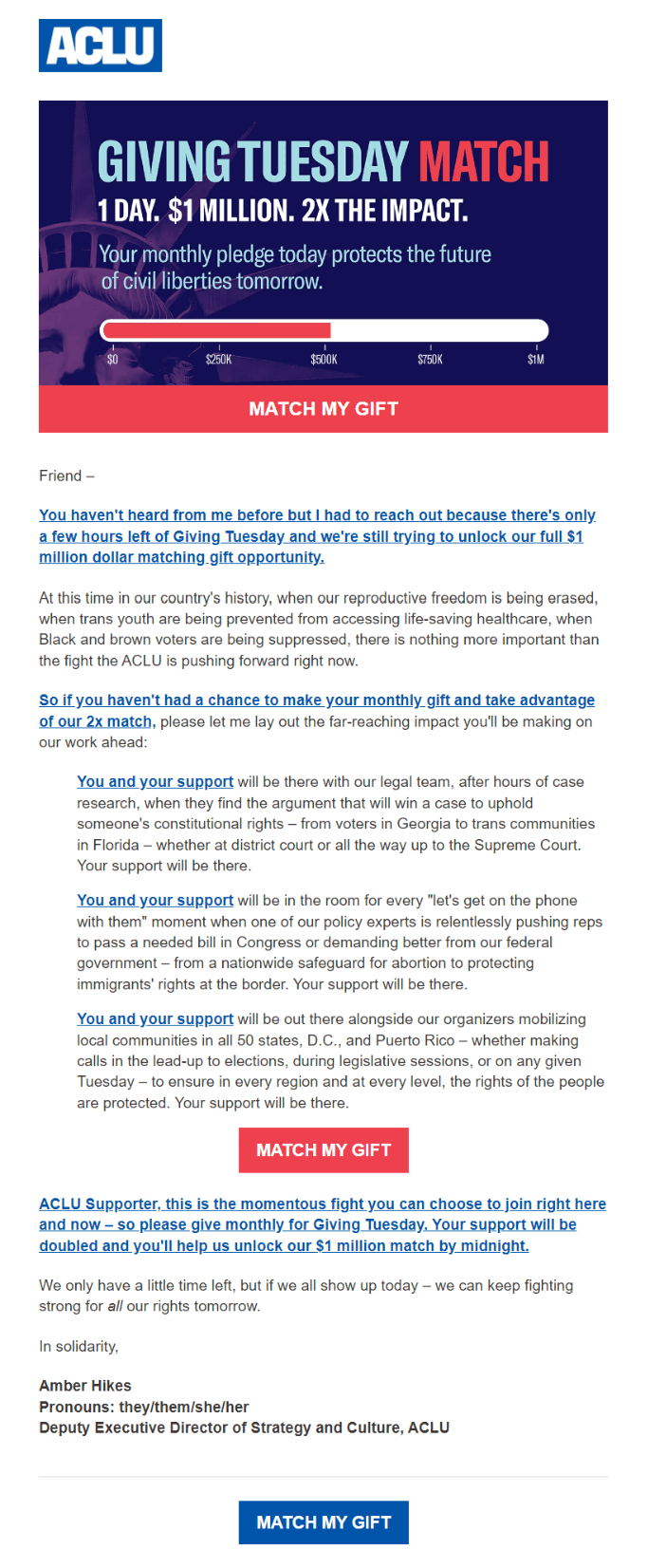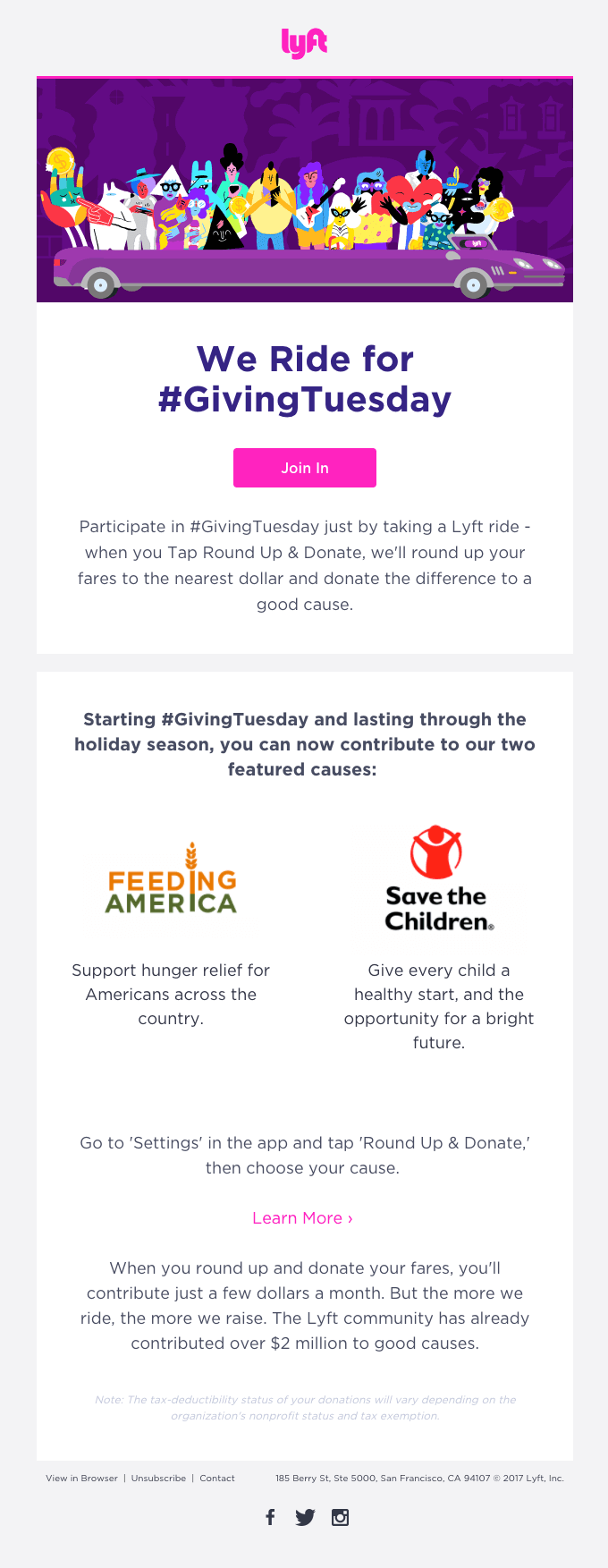Why launch a Giving Tuesday email campaign?
Giving Tuesday is a major opportunity for nonprofits. An effective Giving Tuesday campaign can stimulate more donations than regular ones. And for business owners, this is a chance to show their audience that they care. With more and more competition in every domain, the social stance can be a differentiating factor persuading people to choose your product and not other options. Businesses can simply highlight some of the organizations and causes to support or run a sales campaign benefitting a nonprofit of their choice. You can see different examples of businesses’ campaigns for Giving Tuesday in this article.
Originally, Giving Tuesday was designed to harness the power of social media for the benefit of charity (hence the hashtag). But email has quickly become a medium for Giving Tuesday campaigns as well, since it has always been effective for raising awareness, engaging audiences, and encouraging donations. As per the Global Trends in Giving 2020 report by Funraise, regular email communication is 33% most likely to inspire repeat donations, next only to social media (36%) and far ahead of all the other contenders. Moreover, email is a remarkably cost-effective channel, plus it also has a great shareability potential.
Not only that, but many people are also more in the mood for giving around the holidays. Statistics corroborate that: according to CBS, Giving Tuesday raised a record $3.1 billion in the US in 2022.
However, Giving Tuesday email campaigns can be challenging. Firstly, people’s finances are drained after Black Friday and Cyber Monday, and whatever is left over is being saved up for Christmas. Secondly, the competition is usually stronger during the holiday season. Also, the current economic turmoil adds to the challenge, so you should probably work harder to yield donations on Giving Tuesday this year.
So how do you make your donation requests stand out in your recipients’ inboxes this Giving Tuesday? We’ve got a great Giving Tuesday email template recipe to help you out.
